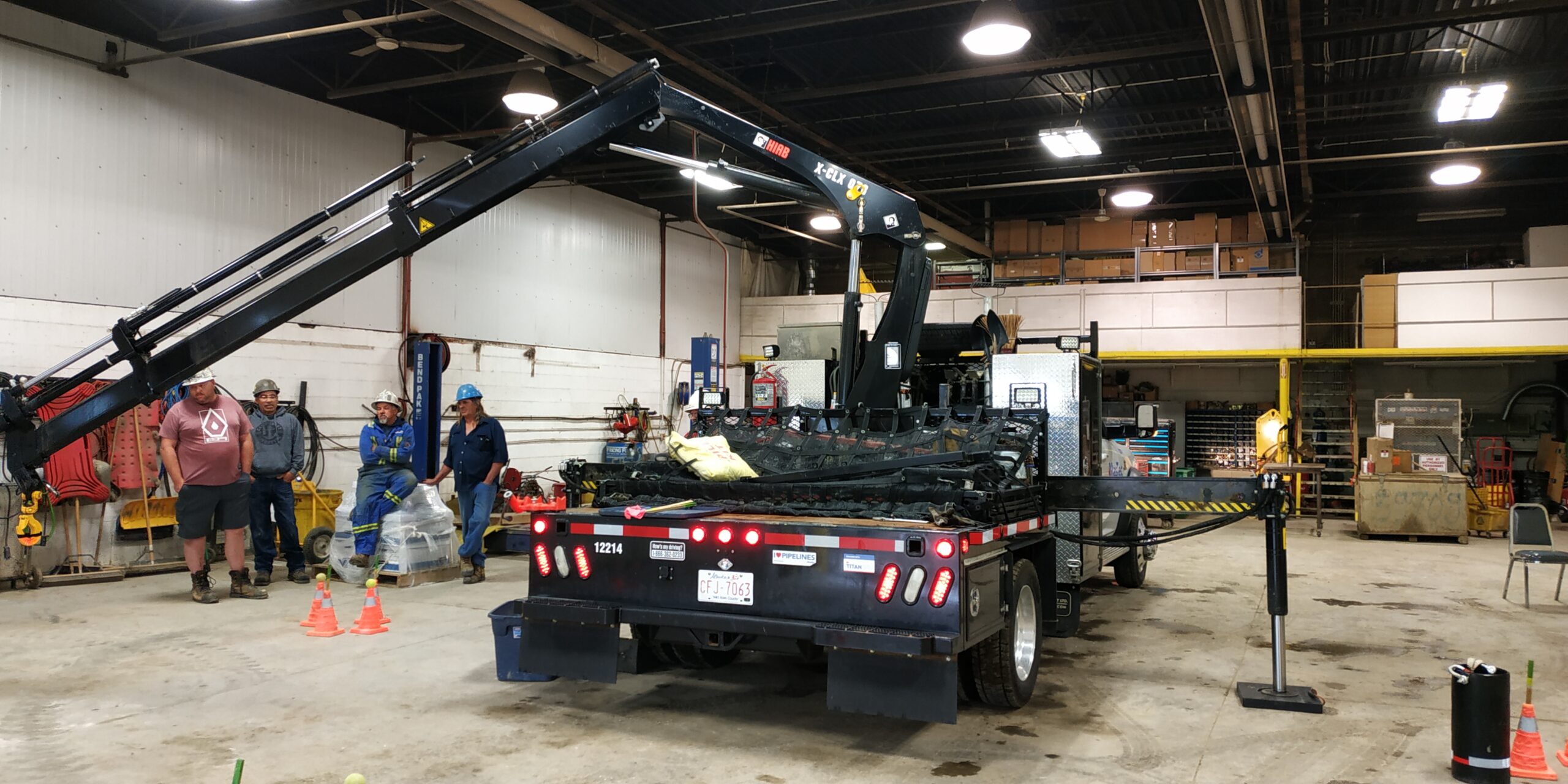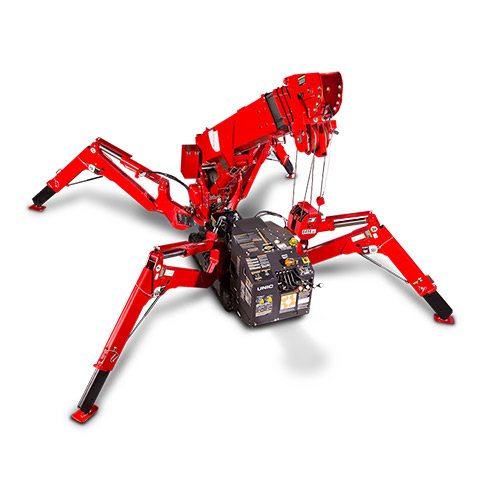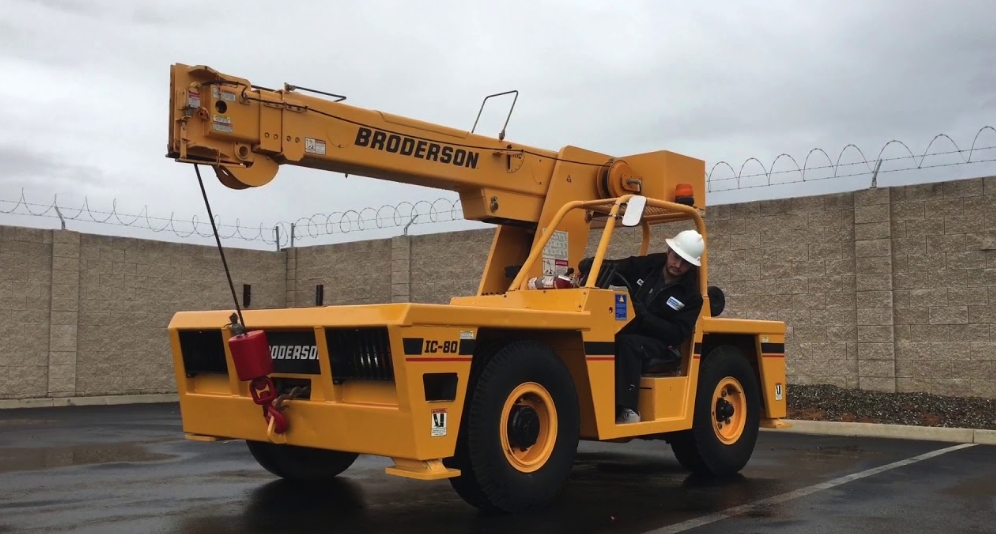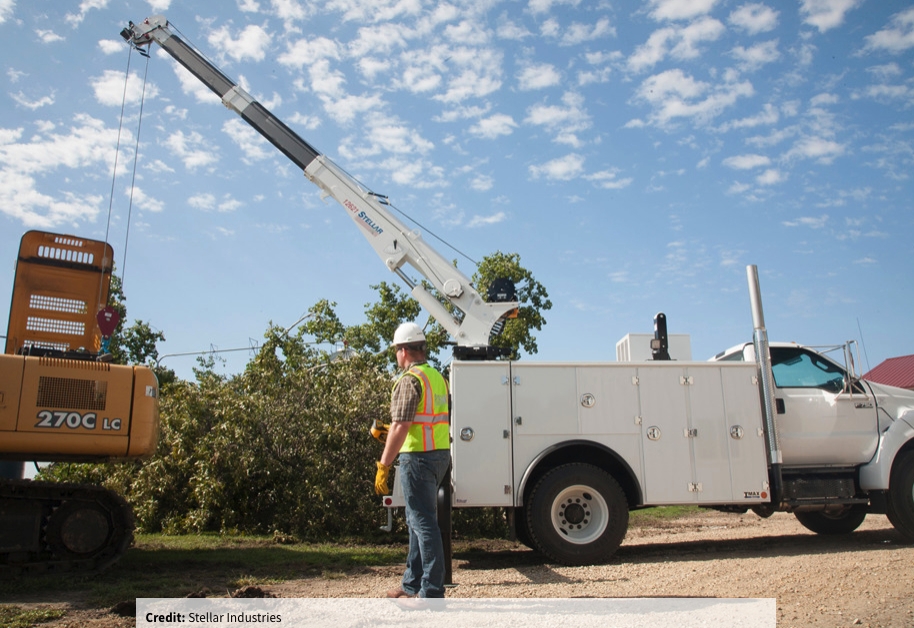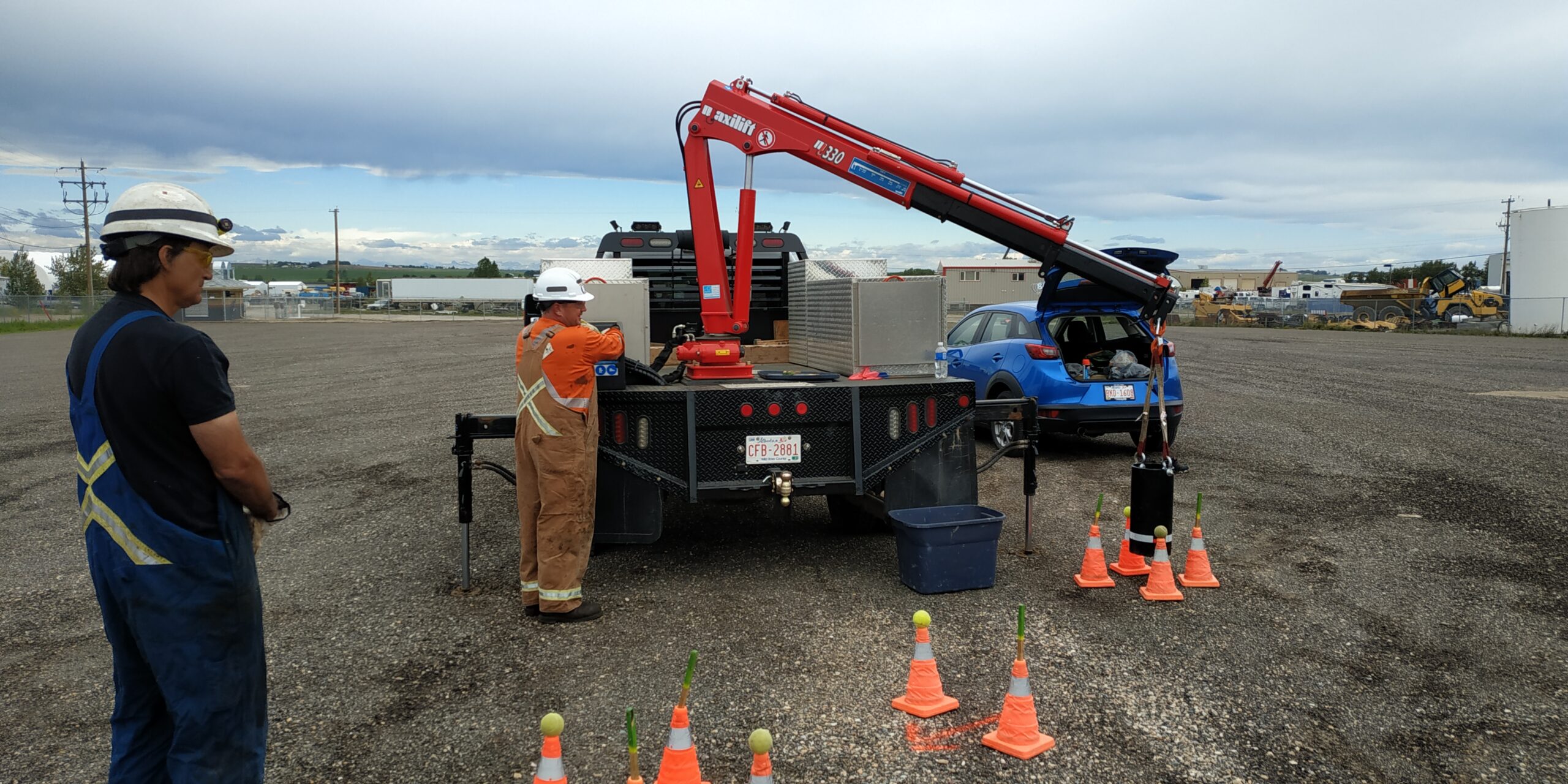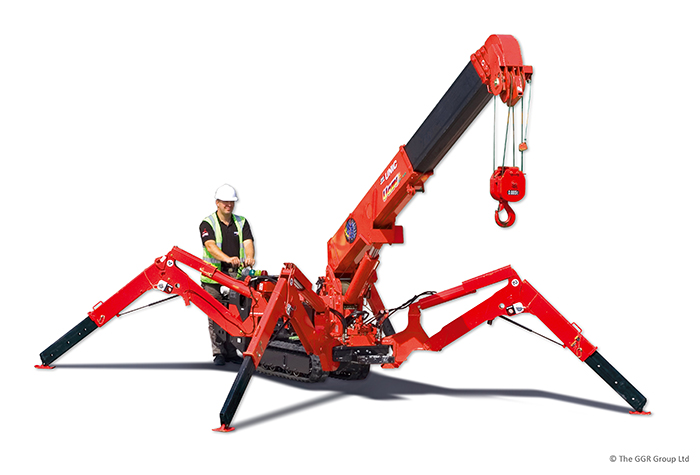Crane Stability is a critical aspect of safe lifting operations and inexperienced operators on light duty cranes (cranes that don’t require a trade operator at the controls), often misjudge the weight and factors at play on the smaller picker trucks. It’s generally misunderstood by inexperience in operators.
Ensuring the stability of a crane during a lift helps prevent accidents and protects workers, equipment, and materials.
Here are a few key reasons why proper crane stability is so important:
Stabilizers are often referred to as outriggers and while I won’t split hairs at all, most don’t really understand the diffrernce between stabilizers and outriggers, let me quickly define them:
Stabilizers – are typically installed on smaller cranes, knuckle booms, service cranes, etc, where the full weight of the truck is held but NOT releasing or lifting the chassis up or off the ground. The smaller cranes don’t have the cross section build of the larger cranes that WILL take the entire weight of the unit and lift the chassis (Carrier) up off the ground. Smaller cranes that are installed on the trucks may only have 2 or 4 stabilizer legs to help…well stabilize the chassis.
Outriggers – are typically much larger cross section, are attached to much larger outrigger beams (the part that comes out from the base of the crane), can take much higher forces. These cranes also have an LMI/RCI in the cab that you can program the position of the outriggers and based on that information, will either give the crane full lifting capacity or reduce the lifting capacity based on how much stability the crane has.
Maintains Proper Load Balance: Proper crane stability helps keep the load balanced, reducing the risk of equipment tipping over or dropping the load.
Prevents Structural Damage: An unstable crane can cause structural damage to itself and surrounding buildings, which can be costly to repair.
Increases Efficiency: A stable crane is able to lift and move heavier loads, increasing efficiency and reducing the time required to complete the job.
Enhances Safety: The stability of a crane helps prevent accidents, ensuring that workers are protected from harm and that equipment is not damaged.
Compression Force: The weight of the load being lifted is directly applied to the stabilizer leg, which creates a compression force on the leg. This force must be taken into account when determining the size and strength of the stabilizer leg required for the lift.
Tension Force: The crane’s outriggers are designed to provide support and counteract the weight of the load being lifted. When the load is directly over a stabilizer leg, the outrigger provides additional tension force to the leg to ensure stability.
Bending Moment: The combination of compression and tension forces applied to the stabilizer leg creates a bending moment, which can cause the leg to bend or buckle under the stress of the load.
Stabilizer legs are an essential component of cranes, providing stability and support during lifting operations. When the load being moved is directly over one of the stabilizer legs, the forces applied to that leg can be significant and can have a major impact on the safety and success of the lift.
It is important to properly calculate the forces applied to the stabilizer legs to ensure that the crane is able to handle the load being lifted. Factors such as the weight of the load, the height of the lift, and the crane’s capacity must all be taken into account to determine the required size and strength of the stabilizer legs.
We spend a lot of time talking about proper stability, proper use of the stabilizer legs as they are an essential foundation of cranes and play a critical role in ensuring stability and safety during lifting operations. When the load being moved is directly over a stabilizer leg, the forces applied to the leg can be significant, and proper calculations must be made to ensure the safety and success of the lift.
To ensure proper crane stability during a lift, it’s not only important to follow manufacturer guidelines and industry standards, it’s even MORE important to make sure all your operators understand that by NOT using the stabilizers properly on the crane, that it’s a violation of your SOP, lift standards and most of all…their agreement with their family to come home every night.
While we go into the reasons, we simply can’t provide the operator with all of the load calculations, outrigger forces at play and such, it IS up to you, the owner of the business, the employee who operates the crane and really…anyone who is involved with lifting to be a clear as possible, DO NOT MESS WITH the position of the stabilizers unless the math has been completed and signed off on.
Contact me for more details and for training HERE
